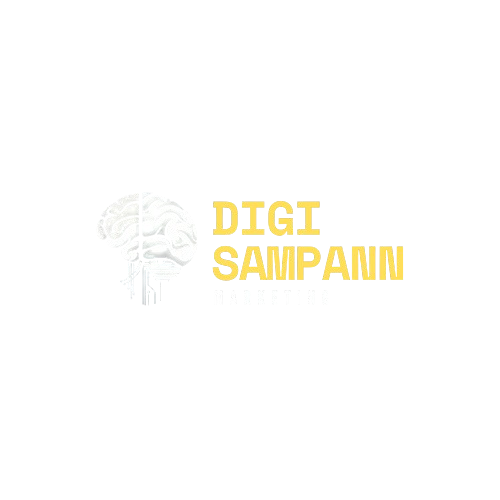Introduction to AI in Digital World
Digital marketing undergoes significant changes because AI enables businesses to run highly specific and data-based marketing initiatives that deliver better results. Businesses using it achieve these capabilities by allowing automated processes to perform analysis of customer behavior and prediction of trends for optimized execution of operations.
What is AI-Powered Marketing?
Upon intelligent use of artificial intelligence technologies such as machine learning with natural language processing and predictive analytics businesses can substantially assist all their digital marketing tasks. The software may produce insights, influence decisions, and build and optimize campaigns based on behavior, among other actions, helping with reaching goals.
Benefits of AI in Digital Marketing
1. Personalization at Scale
AI enables hyper-personalization of content through understanding customer behavior and interests. With the help of live data, marketers can deliver the personalized messages, product recommendations, and dynamic content.
2. Automation and Efficiency
The automation process of email marketing and social media posting and ad optimization runs through AI functionalities. The implementation decreases time requirements while providing precision and consistency to marketing initiatives.
3. Predictive Analytics for Better Decision Making
AI helps in predicting future customer behavior from past data, thus simplifying marketers’ tasks in making informed decisions in the digital marketing strategy.
4. Improved Customer Engagement
Artificial Intelligence-powered bots and digital assistants respond instantly to customer queries, ensuring that engagement and satisfaction are at the highest.
How to Use AI for Smarter Digital Marketing Campaigns
1. AI in Content Marketing
a) AI-Generated Content
GPT-based tools are able to produce blog entries, product reviews, and copy based on inputs given.
b) Content Optimization
AI measures user activity and search trends and recommends highest-performing themes, keywords, and formats.
2. AI in SEO Optimization
a) Keyword Research and Optimization
Marketers use AI-powered tools to discover the most contextually relevant keywords, examine search intent, and recommend content optimizations.
b) Voice Search Optimization
As voice search becomes popular, AI optimizes content for conversational queries and long-tail keywords.
3. AI in Social Media Marketing
a) Sentiment Analysis
AI examines social media discussions and customer sentiment to assist brands in crafting their messaging and responses.
b) Automated Scheduling and Posting
AI-powered software posts at optimal times and tracks engagement metrics for optimum results.
4. AI in Email Marketing
a) AI-Personalized Email Campaigns
AI monitors behavior of users to create highly personalized and targeted email campaigns.
b) AI-Automated A/B Testing
AI tests multiple versions of emails automatically and picks the most successful one to achieve maximum conversions.
5. AI in Advertisements and PPC Campaigns
a) Programmatic Advertising
AI handles ad placements, targeting, and bidding in real time for maximum ROI.
b) Ad Performance Optimization
AI is the tool that keeps track of advertisements’ performance and by making amendments, it attains a click-through rate (CTR) and conversions.
Challenges of AI in Digital Marketing
1. Data Privacy Concerns
Since AI optimally operates on user data, companies have to work on issues relating to privacy compliance in accordance with laws like GDPR and CCPA.
2. High Initial Investment
As seen currently, the eventuality of making AI-driven marketing solutions exists with an initial investment towards technology and training.
3. Dependence on Quality Data
AI’s successes rest on the kind of information it accumulates: bad data will result in the wrong predictions and diagnosis of advertising.
The Future of AI in Digital Marketing
As AI technology advances, the adoption of it will keep rising in digital marketing. Upcoming developments will involve AI-influenced creative designs, stronger predictive analytics, and better capabilities for automation.
